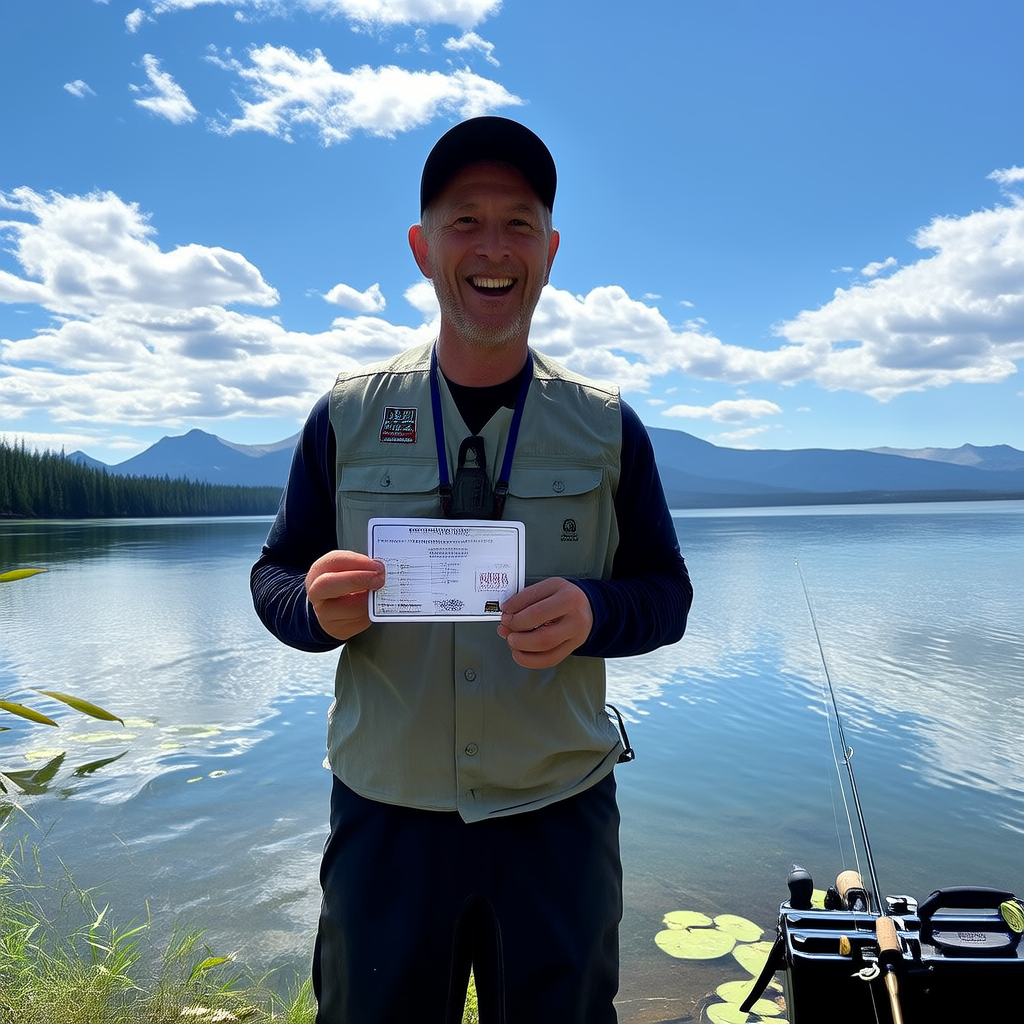The jackfish freshwater is also known as the northern pike. It is a popular fish in freshwater rivers and lakes of North America. This fish is difficult to catch because of its elongated, sharp teeth and predatory habits. This article will explore the world of freshwater jackfish, including its habitat, diet, behavior, and more.
What does Jackfish freshwater look like?
The freshwater jackfish has a long, slender body and a pointed head with a mouth full of sharp teeth. Its body is covered in dark green or olive scales that blend perfectly with the watery environment. The dorsal or back fin is at the rear of the body, while the anal or tail fin is closer to the tail. The tail is forked and allows the fish to swim fast and change direction easily.
Where can you find freshwater jackfish?
In the north of North America you can find jackfish in cool, clear water. They can be found in a variety of freshwater habitats including lakes, rivers, streams, and ponds. They prefer clear waters with abundant vegetation, where they can ambush and hide their prey. Canada, Alaska and the northern United States are some of the most popular areas for jackfish fishing in freshwater.
What is the behavior of Jackfish in Freshwater?
The Jackfish is a predatory and aggressive fish. They are known for hunting by ambushing and impaling their prey with their sharp teeth. The early morning and late night are the best times to see them. During the day they hide in the shadows created by underwater structures such as rocks, logs or weeds.
What Does Jackfish Freshwater Eat
The Jackfish Freshwater is a predatory fish that will eat almost anything that moves. Its main diet is other fish such as perch and walleye. However, it will also eat snakes, amphibians and other smaller jackfish. They use their sharp, curved teeth to tear apart their prey before swallowing it whole.
How big can jackfish freshwater get?
Some Jackfish can grow up to four feet long and weigh over forty pounds. Most jackfish that anglers catch are between 20 and 30-inch long and weigh between 3 and 10-pounds.
How to Catch Jackfish Freshwater
Jackfish in freshwater can be difficult to catch, but they are a favorite target for those who love the thrill of the hunt. Using live bait like minnows or crawfish, casting lures or trolling spinnerbaits are some of the most popular ways to catch jackfish. Jackfish are most active in the early mornings and late evenings. You should also pay attention to water temperature and lighting conditions when choosing the best location and time to fish.
What equipment do you need to catch Jackfish in freshwater?
You will need a strong, flexible fishing rod and reel, as well as a braided line with a minimum strength of 20 pounds. You will also need a variety lures and baits such as spoons or jigs to attract jackfish. Use a wire leader so that the fish can’t bite through the line.
What are the regulations for catching Jackfish in freshwater?
Regulations for jackfish in freshwater can vary from one state or province to another. In most cases there are bag and size limits, meaning you can only keep so many fish per day and they have to be of a minimum size. Check the local regulations to avoid breaking the laws.
What are some interesting facts about Jackfish freshwater?
The meat of jackfish is high in protein and low in fat.
Conclusion
It’s no surprise that the freshwater jackfish is a favorite of anglers. It’s an interesting and challenging fish to capture. It’s a trophy fish with its sharp teeth and ferocious habits. It requires patience, skill, and some luck to catch. If you plan to fish for jackfish in freshwater, be sure you have the proper equipment, adhere to local regulations, and understand the habitat, behavior, and diet of this fascinating creature. Good luck, and tight lines!




